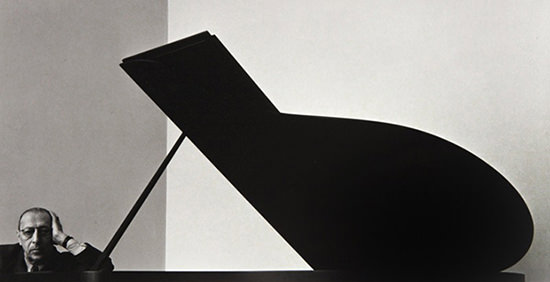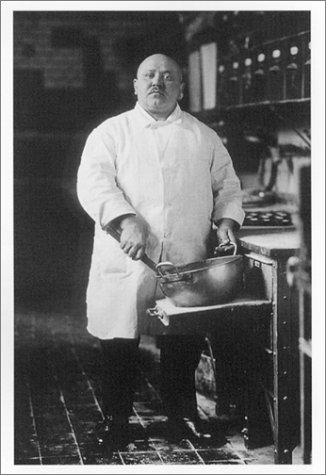Analysis 1: Emotional Response
Perhaps the first way that we engage with photography is an emotional response – ‘like’ / ‘dislike’. At times we may not even understand why we like or dislike a photograph, but it will create an emotional response that is loaded with value and meaning – about us, the image, the colour, shape or form.
Emotional analysis is useful and certainly very powerful (it can override other responses, such as an intellectual response) but can be quite limited. So be careful.
Task:
- Open up the folder ‘Photos for Analysis’ in Depts>Photography>Students>AS
- Choose 3 photos
- A photo that you immediately feel connected / interested in
- A photo that you immediately feel alienated or disinterested in
- A photo that you are not sure if you are interested in or not . .
- Write up your initial feelings towards each photo. At least a paragraph/5 sentences/80 words etc
- Reflect on what you write about . . . in other words try to understand your emotional response is it a colour, a person, a memory, a look, an object . . . .
- Upload the photo and your analysis to the blog (I will help you log onto the blog, but if you can’t, write it up and post it at home)
Extension: To help you understand the more formal elements of photography look at this ppt rule-3rds-line-balance-export
Analysis 2: Formal Analysis & Textual Analysis
- Colour
- Light (natural / outside)
- shadows
- Rule of thirds
- Line / leading lines
- Depth
- Symmetry / parallels
- Balance
- Shot size (BCU, Long shot, MCU)
- angles
- Framing
- Focus
- Depth of field
- Aperture
- Posture / gesture / look (non verbal communication = NVC)
- Props
- Setting
- Sets
- Clothing
- Contrast
- Tone /Colour palette
- Shutter speed
- Cropping
- Post-production eg saturation
- Type of lens eg telephoto / portraiture lens
- distortion
Task:
Complete a Formal Analysis of 2 of your chosen photographs using at least 20 terms list above.
Analysis 3: Critical and Contextual Analysis
How to analyse a photograph critically?
During this A level you will be expected to critically – this does not mean analysing the negative aspects of the photograph. But it does mean that you are required to ‘read’ a photograph beyond the surface ie beyond your emotional response and beyond the purely technical or formal elements.
In other words, you need to think about a photograph in terms of intention, context & ideology (ie what attitudes, beliefs and ideas are held within the photograph). You should also know something of the history of photography and how each photograph fits into the overall subject.
Use the four bullet points below and the attached ppt to help ‘deconstruct’ and understand the three photos you have chosen.
“criticism is informed discourse about art to increase understanding and appreciation of art”
- Describing ~ FORM ~ What is here? What am I looking at?
- Interpreting ~ MEANING ~ What is it about?
- Evaluating ~ JUDGEMENT ~ How good is it?
- Theorizing ~ CONTEXT ~ Is it art? How does it relate to the history and theory of photography, art and culture?
Source: Criticizing Photographs: An Introduction to Understanding Images, by Terry Barrett, 1990, pg:3
how to analyse a photograph + photographic theory AS
Task:
Go back to 1 of your 3 photographs and analyse it in terms of a ‘critical & contextual study’. In other words, think about the form, meaning and context of the photograph. Is there a theoretical framework (formalism, feminism, semiotics, social/historical . . etc) for you to place the photograph and thereby understand its intention in more detail?
- Include references from other (academic) sources
- Include some a video extract that helps you to explain your analysis
EXAMPLE: CINDY SHERMAN
 I didn’t think of what I was doing as political. To me it was a way to make the best out of what I liked to do privately, which was to dress up. – Cindy Sherman – Black and White Magazine
I didn’t think of what I was doing as political. To me it was a way to make the best out of what I liked to do privately, which was to dress up. – Cindy Sherman – Black and White Magazine
Read more: http://www.photoquotes.com/ShowQuotes.aspx?id=227&name=Sherman,Cindy#ixzz3mStV9paP
My intentions are neither feminist nor political. I try to put double or multiple meanings into my photos, which might give rise to a greater variety of interpretations… – Cindy Sherman – except from an interview with Wilfried Dickhoff., Prospect : Photography in Contemporary Art , ISBN: 390816219X , Page: 280
Read more: http://www.photoquotes.com/ShowQuotes.aspx?id=227&name=Sherman,Cindy#ixzz3mStjestp
I have this juvenile fascination with things that are repulsive. It intrigues me why certain things are repulsive. To think about why something repulses me makes me that much more interested in it. I feel that I have to explore it.
I didn’t want to make “high” art, I had no interest in using paint, I wanted to find something that anyone could relate to without knowing about contemporary art. I wasn’t thinking in terms of precious prints or archival quality; I didn’t want the work to seem like a commodity.
So how could we interpret all of this (often) contradictory information. How does it help us to understand the changes in society that were occurring at this time – feminism, performance art, conceptual art, a ‘postmodern’ obsession with the media.
Watch above to get a better understanding of her approach to photographic form and the use of ‘performance’ in photography.
- What does this tell us about purpose and/or point of photography?
- How does this link photography to art?
Watch above from 2:00 to understand the relationship between Cindy Sherman’s character work and feminism.


 Your homework assignment is to take 150-200 photos of a range of ENVIRONMENTAL PORTRAITS…influenced by a key photographer such as Arnold Newman or August Sander (right)
Your homework assignment is to take 150-200 photos of a range of ENVIRONMENTAL PORTRAITS…influenced by a key photographer such as Arnold Newman or August Sander (right)